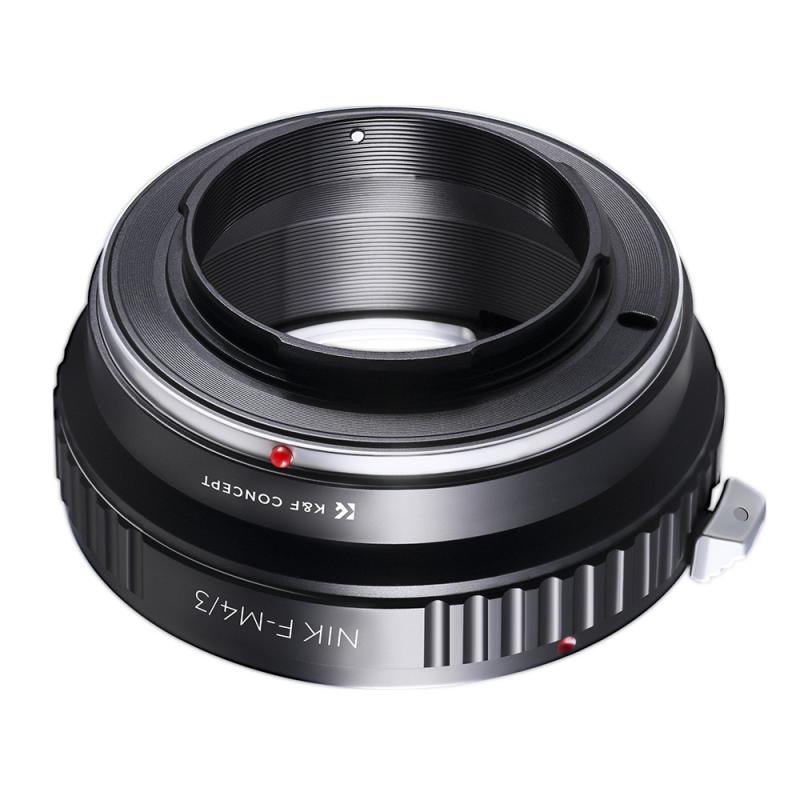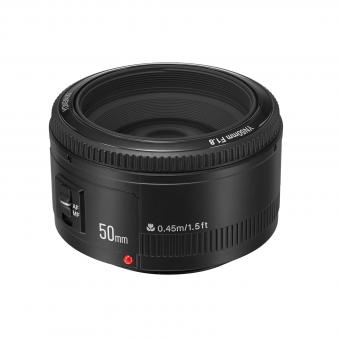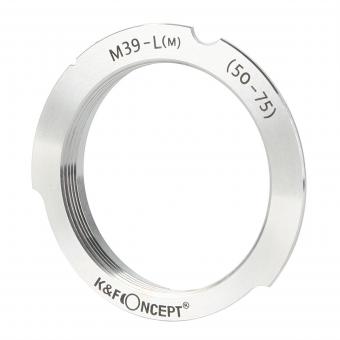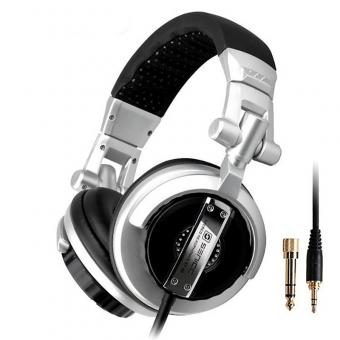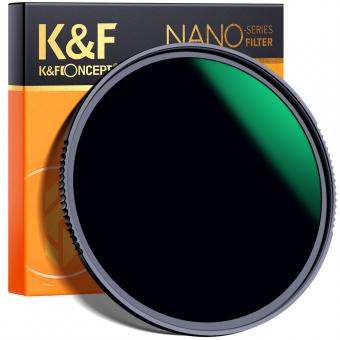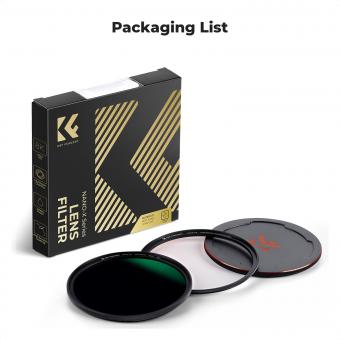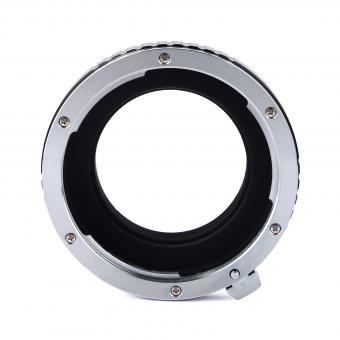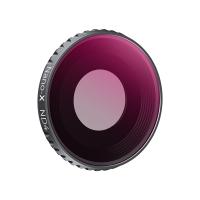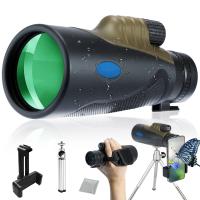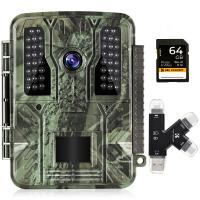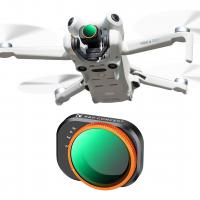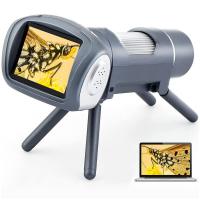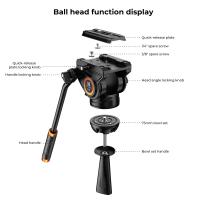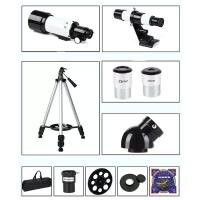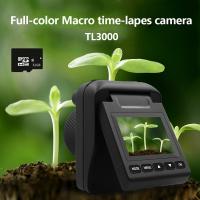What Size Filter For 50mm Lens ?
The size of the filter for a 50mm lens depends on the specific model of the lens. Different lenses have different filter thread sizes, which are usually indicated on the front of the lens or in the lens manual. Common filter thread sizes for 50mm lenses include 49mm, 52mm, and 55mm. It is important to use the correct filter size for your lens to ensure proper fit and avoid damaging the lens or filter.
1、 Lens filter basics
What size filter for 50mm lens? The answer to this question depends on the specific 50mm lens you are using. Different lenses have different filter thread sizes, which determine the size of filter that can be attached to the lens. To find out the filter thread size of your lens, you can check the lens manual or look for the symbol "ø" followed by a number on the front of the lens. This number indicates the diameter of the filter thread in millimeters.
In general, a 50mm lens is a standard lens that is commonly used for everyday photography. It is a versatile lens that can be used for a variety of subjects, including portraits, landscapes, and street photography. When it comes to filters, there are several options that can enhance the quality of your images. For example, a UV filter can protect your lens from scratches and dust while also reducing haze and improving contrast. A polarizing filter can reduce glare and reflections, making colors more vibrant and saturated. A neutral density filter can reduce the amount of light entering the lens, allowing you to use slower shutter speeds or wider apertures in bright conditions.
In recent years, there has been a growing trend towards using digital filters instead of physical filters. Digital filters are applied in post-processing using software such as Adobe Photoshop or Lightroom. They offer greater flexibility and control over the final image, as well as the ability to apply multiple filters to the same image without degrading image quality. However, physical filters still have their place, especially for photographers who prefer to get the shot right in-camera. Ultimately, the choice between physical and digital filters comes down to personal preference and shooting style.
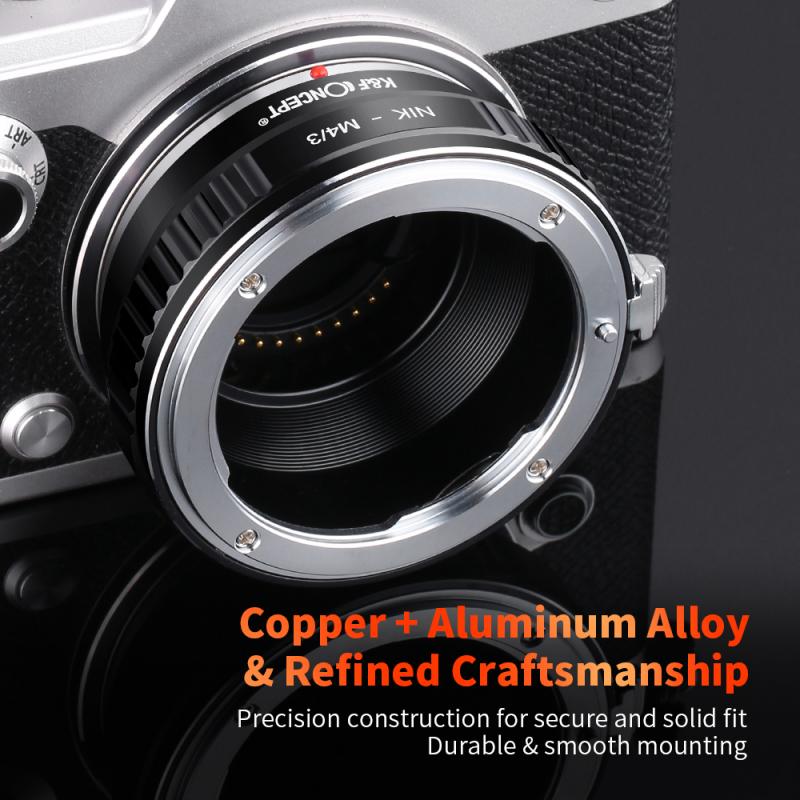
2、 Choosing the right filter size
Choosing the right filter size for your 50mm lens is an important decision that can greatly impact the quality of your photographs. The filter size you choose will depend on the specific model of your lens, as well as the type of photography you plan to do.
To determine the correct filter size for your 50mm lens, you will need to check the lens specifications or consult the manufacturer's website. Typically, the filter size will be listed in millimeters and can range from 49mm to 82mm, depending on the lens model.
When choosing a filter size, it is important to consider the type of photography you plan to do. For example, if you are interested in landscape photography, you may want to consider a polarizing filter to reduce glare and enhance colors. If you are interested in portrait photography, you may want to consider a neutral density filter to control the amount of light entering the lens and create a shallow depth of field.
It is also important to consider the quality of the filter you choose. High-quality filters can be expensive, but they can greatly improve the clarity and sharpness of your photographs. Cheaper filters may produce lower quality images and can even cause unwanted reflections or distortions.
In conclusion, choosing the right filter size for your 50mm lens is an important decision that should be based on the specific model of your lens and the type of photography you plan to do. It is important to consider the quality of the filter you choose and invest in a high-quality filter if possible.
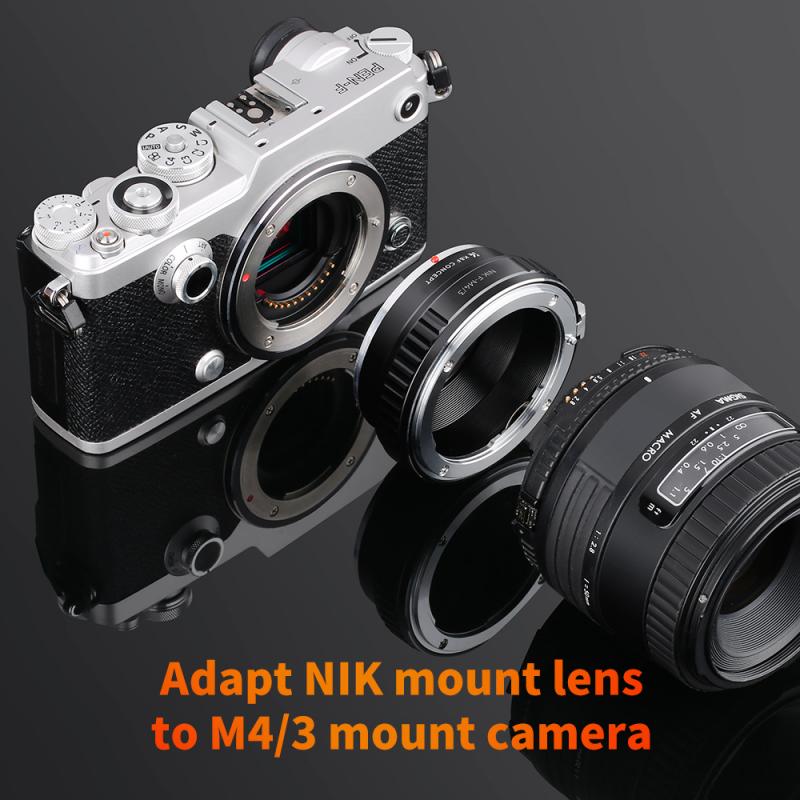
3、 Filter thread diameter for 50mm lens
The filter thread diameter for a 50mm lens can vary depending on the specific make and model of the lens. However, most 50mm lenses have a filter thread diameter of either 49mm or 52mm. It is important to check the specifications of your lens to determine the correct filter thread diameter.
When choosing a filter for your 50mm lens, it is important to consider the type of photography you will be doing. For example, if you are shooting landscapes, you may want to consider a polarizing filter to reduce glare and enhance colors. If you are shooting portraits, a neutral density filter can help you achieve a shallow depth of field in bright lighting conditions.
It is also important to consider the quality of the filter you choose. Cheap filters can degrade image quality and cause unwanted reflections or color shifts. Investing in a high-quality filter can help you achieve the best possible results.
In recent years, some photographers have opted to use software filters instead of physical filters. While this can be a convenient option, it is important to note that software filters cannot replicate the effects of all physical filters, such as polarizers or neutral density filters. Ultimately, the choice between physical and software filters will depend on your personal preferences and the specific needs of your photography.
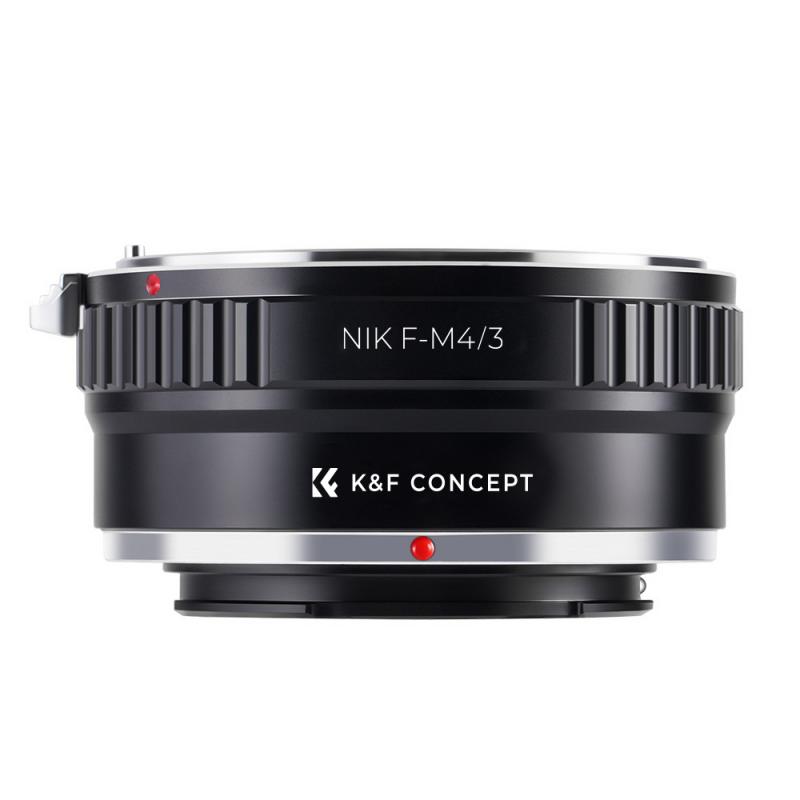
4、 Common filter types for photography
What size filter for 50mm lens?
The size of the filter for a 50mm lens depends on the specific lens model. Most 50mm lenses have a filter thread size of 52mm, but some may have a larger or smaller thread size. It is important to check the lens specifications or manual to determine the correct filter size.
Common filter types for photography:
1. UV Filters: These filters are used to reduce haze and improve image clarity. They are also useful for protecting the lens from scratches and dust.
2. Polarizing Filters: These filters are used to reduce glare and reflections, and to enhance color saturation. They are particularly useful for landscape and outdoor photography.
3. Neutral Density Filters: These filters reduce the amount of light entering the lens, allowing for longer exposure times or wider apertures in bright conditions. They are useful for creating motion blur or shallow depth of field effects.
4. Graduated Neutral Density Filters: These filters have a gradient of density that can be used to balance the exposure between bright skies and darker foregrounds in landscape photography.
5. Infrared Filters: These filters block visible light and allow only infrared light to pass through, creating unique and surreal images.
In recent years, there has been a growing trend towards using digital filters and post-processing techniques instead of physical filters. However, physical filters still have their advantages, such as allowing for real-time adjustments and avoiding the need for extensive post-processing.
